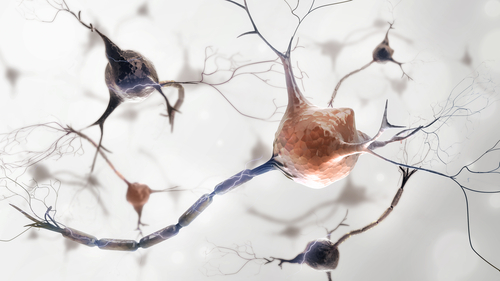Fat Carrier Protein May Protect Nerve Cells, Help Myelin Regrow During MS, Research Suggests

Apolipoprotein D (Apo D), a brain-produced carrier of fat molecules, seems to have a neuroprotective role and helps in the regrowth of myelin during multiple sclerosis (MS), a finding that may help develop new therapeutic approaches to fight the disease, new research shows.
The study “Expression Pattern of Myelin-Related Apolipoprotein D in Human Multiple Sclerosis Lesions” was published in the journal Frontiers in Aging Neuroscience.
Apo D is a natural protein, mainly produced in the brain and testes, that plays a key role in the transport of fat molecules (or lipids) between cells. The protein has been associated with neurological disorders and nerve injury, especially related to the myelin sheath, the insulating fat-rich substance essential for the conduction of nerve impulses in neurons.
Several studies suggest Apo D has neuroprotective effects, supporting nerve cell growth and survival.
Apo D participates in the regeneration of nerve fibers and myelin sheath regrowth (remyelination); it also controls brain inflammation, and regulates the amount of immune cells recruited to brain injury sites.
Based on these observations, researchers believe that Apo D may play a relevant part in the development of MS, a disease in which a person’s immune system turns against myelin and its producers, a type of cells called oligodendrocytes.
But the way Apo D acts and what its function may be in MS is not known. In fact, very few and contradictory studies have been reported on that matter.
To shed light on the issue, researchers investigated Apo D localization and its levels in lesions of brain tissue samples from MS patients. They also related Apo D presence with the loss (demyelination) or regeneration (remyelination) of myelin at the lesion sites. According to the team, this was the first study of this kind to be performed to date.
Discuss the latest research in the MS News Today forums!
Using brain slices marked for myelin and Apo D, researchers found that Apo D was mainly produced by mature oligodendrocytes and, within them, to locate in regions that surrounded the myelin sheath of nerve cells.
Also, the levels of Apo D seemed to follow a similar pattern to that of myelin, tending to decrease in regions where the myelin content also was weaker.
There was a clear drop in Apo D levels in all demyelinating lesions, and its content was significantly lower in inactive lesions compared to active demyelinating lesions. Conversely, in remyelinating lesions, both myelin and Apo D levels were raised, in agreement with the regrowth of the myelin sheath that is taking place.
“All these data seem to indicate an important role of Apo D in myelination/remyelination processes as a molecule with a neuroprotective potential, and may serve as a good starting point for its study in MS,” the researchers wrote.
The dual function of Apo D, as a tissue specific fat carrier and a neuroprotective molecule, makes it a potential versatile player in MS, researchers say.
If confirmed in more studies, the findings may offer an alternative therapeutic strategy to target the disease.






